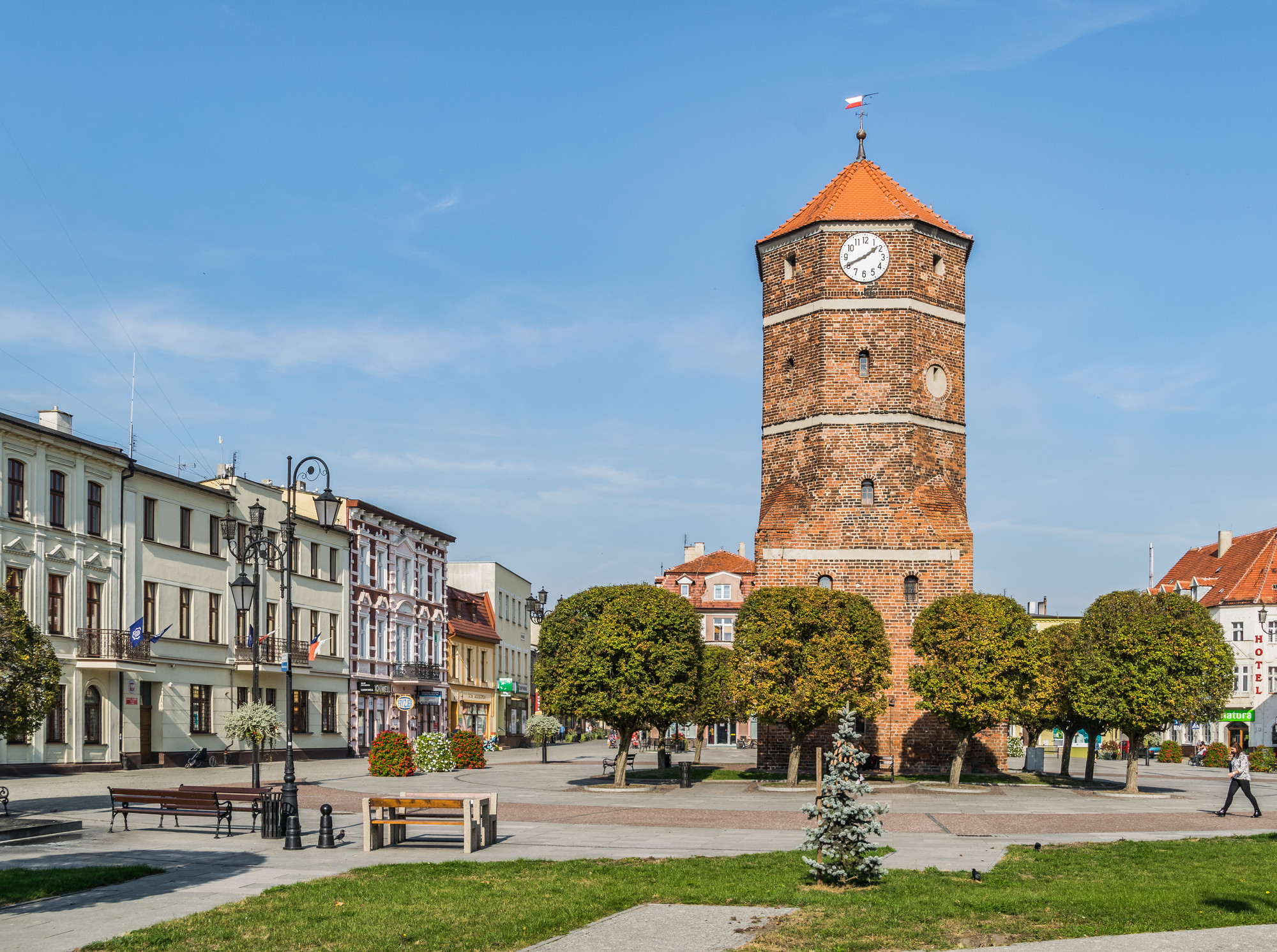
Żnin Town hall tower
Situated in the middle of the market square, it is a symbol of Żnin. It is a monument of late Gothic architecture, built in the first half of the 15th century. It is a four-sided structure changing into an octagon, on a barrel-vaulted cellar. Originally, the tower was connected with a wooden administrative building, which was burnt down in 1656. during the Swedish invasion and was never rebuilt. In 1692, as a result of a fire, the tower was lowered by one storey. In the 18th century, a clock mechanism, the town coat of arms and a bell commemorating the town fire in 1751 were installed on the fourth floor. The tower is a remnant of the historic seat of the municipal authorities. Today it houses a branch of the Museum of the Pałuki Region in Żnin with permanent exhibitions "The history of Żnin" and "Outstanding people of Pałuki".MAY-SEPTEMBER from Tue to Fri, 9:00 - 17:00. Sat and Sun from 10.00 to 15.00.
Narrow-gauge railway museum
The Venetian museum is one of the largest open-air museums of the narrow-gauge railway in Europe, with a gauge of 600 mm. We have collected several dozen unusual exhibits here - including 17 historic steam locomotives (the oldest one comes from 1899, a few others from World War I), carriages for various purposes - cargo, passenger, manual and motor trolleys. The exhibition is complemented by the necessary railway infrastructure: a historic waiting room, a lineman's booth with a barrier, track lines with turnouts, switches, a water crane for topping up the water level in locomotive boilers, a turntable to change the direction of travel.Admission 14/12
MAY-SEPTEMBER from Mon to Sun, 9:30 - 17:30.
OCTOBER-APRIL From Tue to Sun, from 10.00 to 16.00.
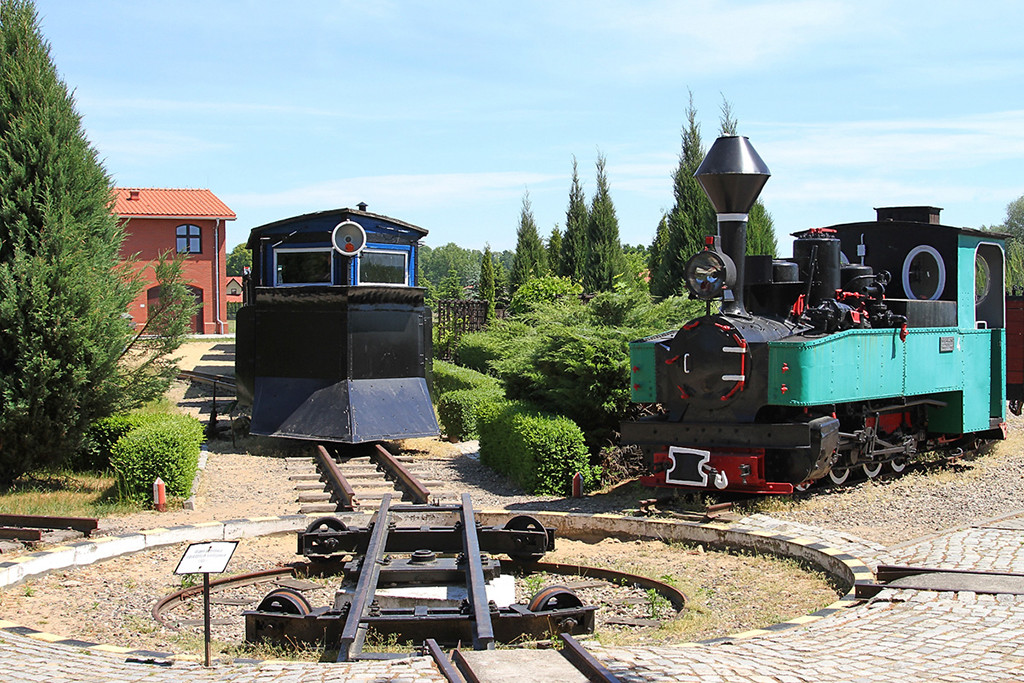
Castle
Right next to the railway open-air museum there are the medieval ruins of the Castle of the Bloody Devil of Venice. Strategically located on the isthmus of the Venetian and Biskupin lakes, the castle (one of the first private defensive castles in Poland) once guarded the route connecting Żnin with Gniezno, i.e. de facto the borders of the Teutonic State with the seat of the heads of the Polish church. According to local legends - it was here that the bombards (cannons) were “tested” before the Battle of Grunwald. The castle owes its name to Mikołaj Nałęcz - the lord of Venice, the judge of Kalisz, who - as the legend has it - was called the Bloody Venetian Devil or the Bloodstone due to the severity of his judgments. NOTE: Ticket from narrow-gauge railway museum is also valid in castle.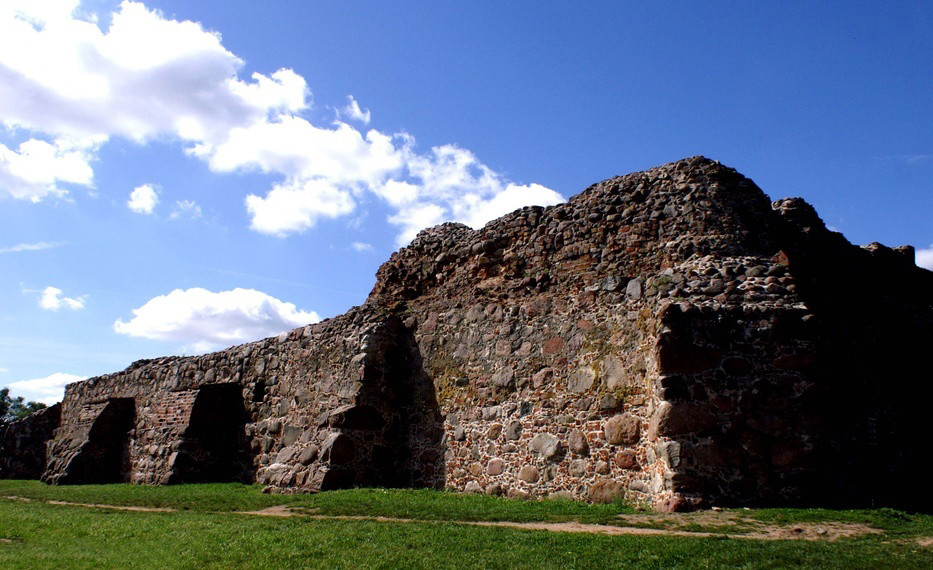
Narrow-gauge railway
For over 120 years, a characteristic element of the Pałuki landscape has been a narrow-gauge railway, often pulled by a gasping steam engine. Today, it is mainly used by tourists, but at the turn of the 20th century, the Żnińska Poviat Railway was the main means of communication in the region, it was used to transport agricultural produce, goods, and mail, while the inhabitants of Pałuki used it to go to work, schools and markets. See the timetable here!The train ride takes place on the route Żnin - Venice - Biskupin - Gąsawa
Gąsawa 15min stop. and return Gąsawa - Biskupin - Venice - Żnin
Each section of the route has a price
See more on prices and other information.
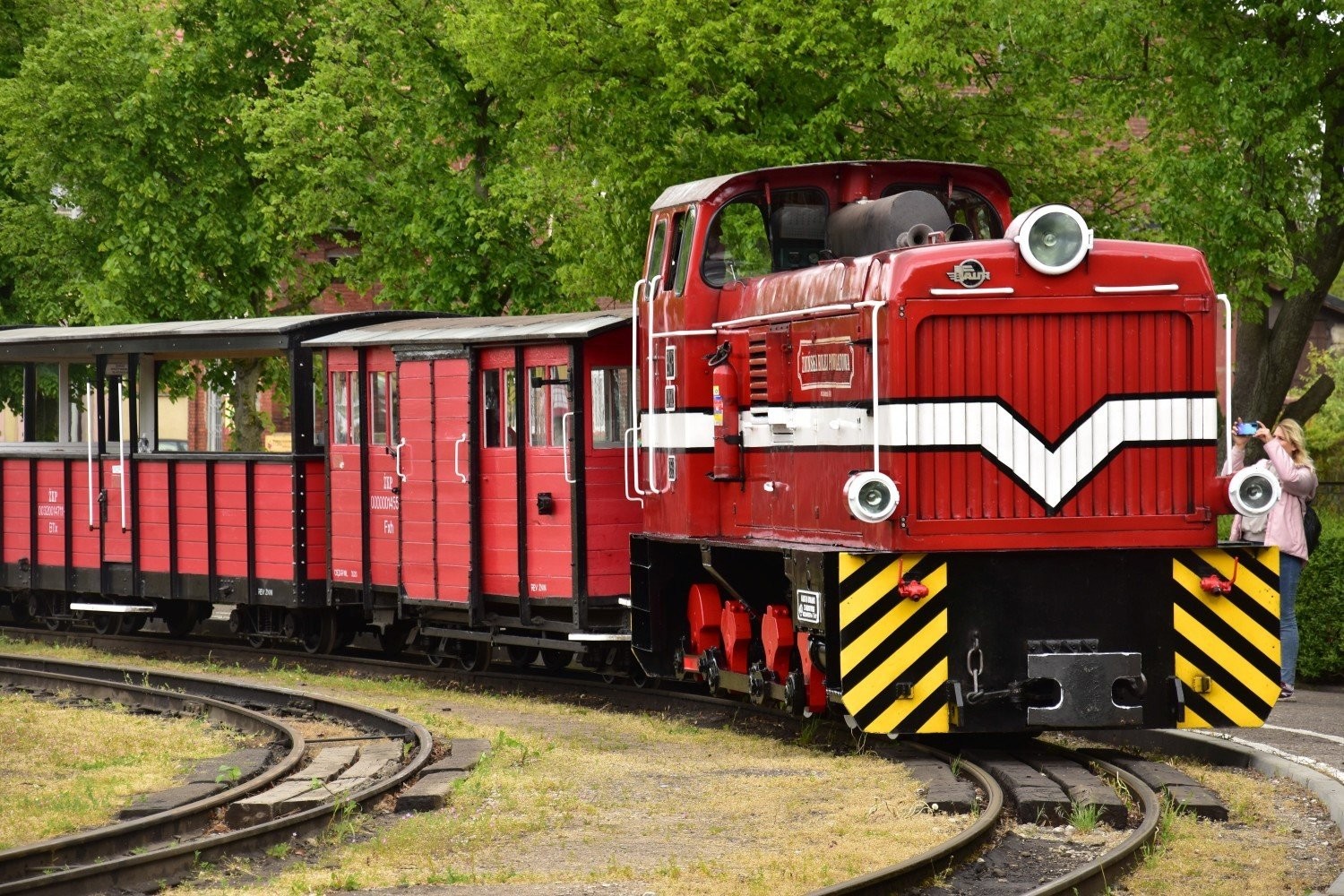


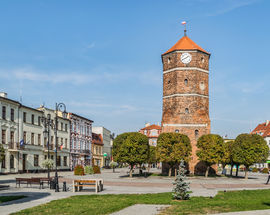
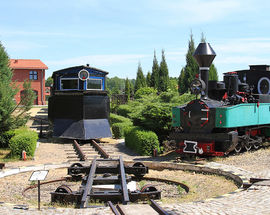
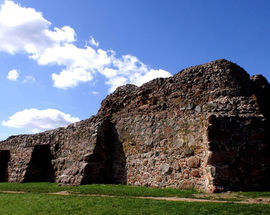
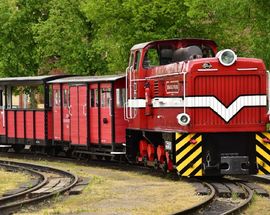
Comments